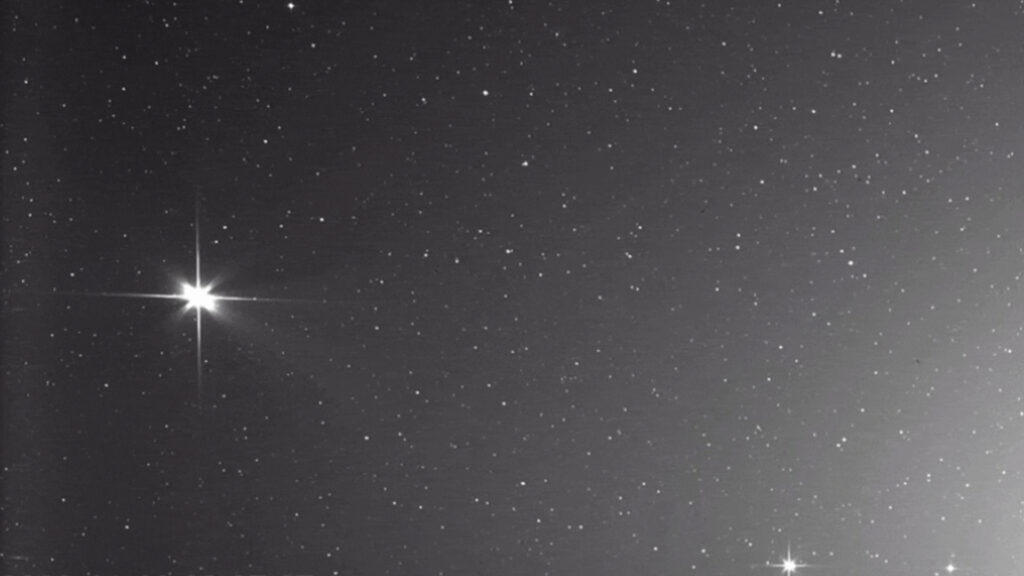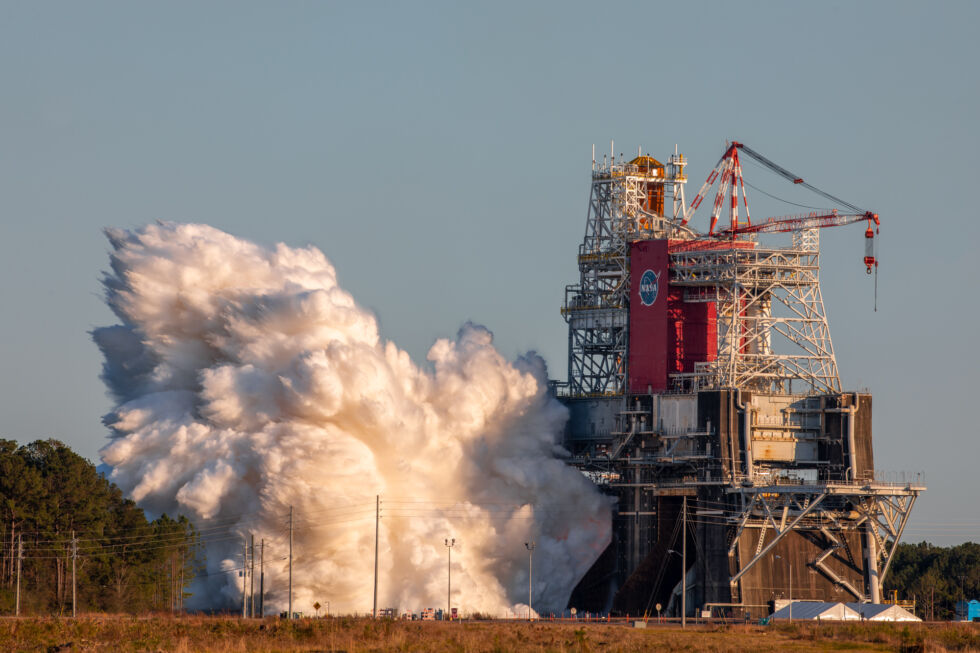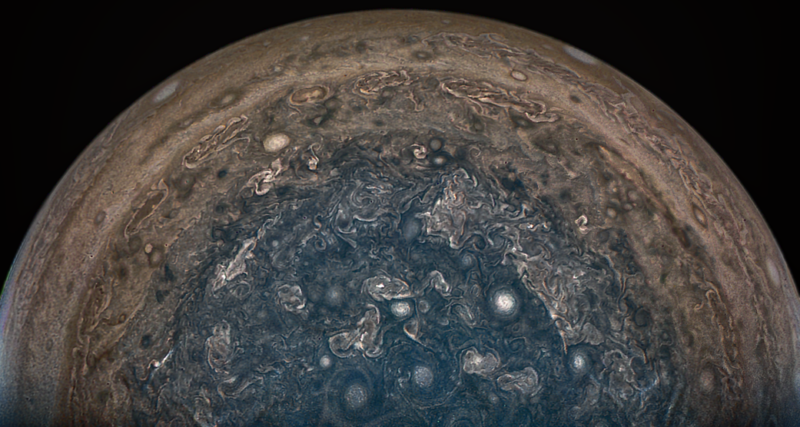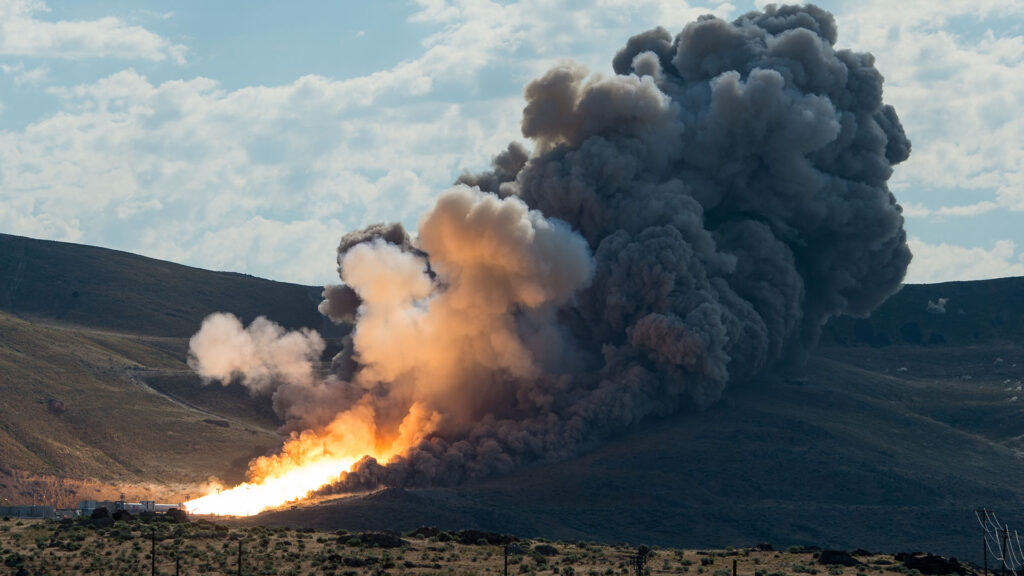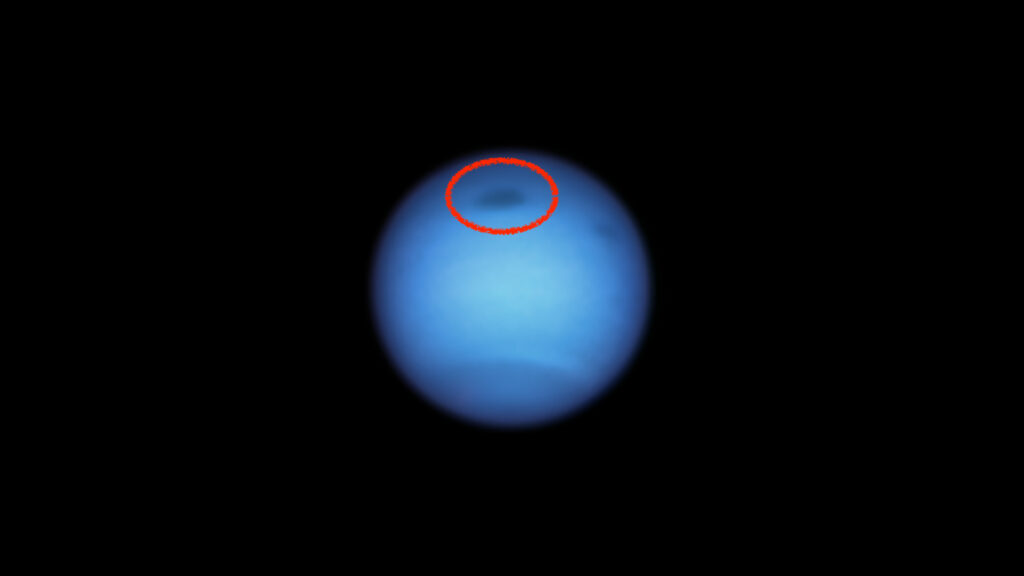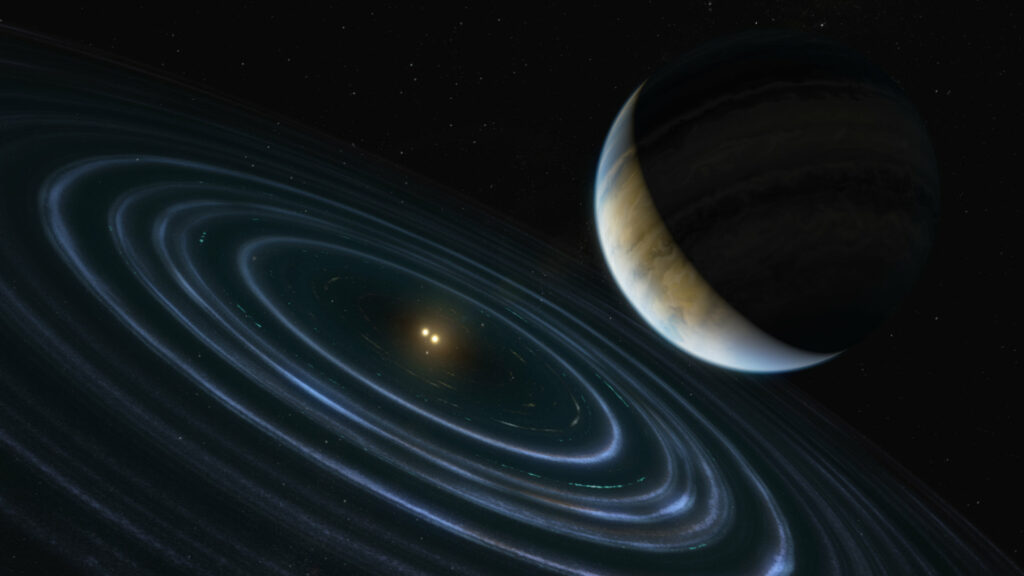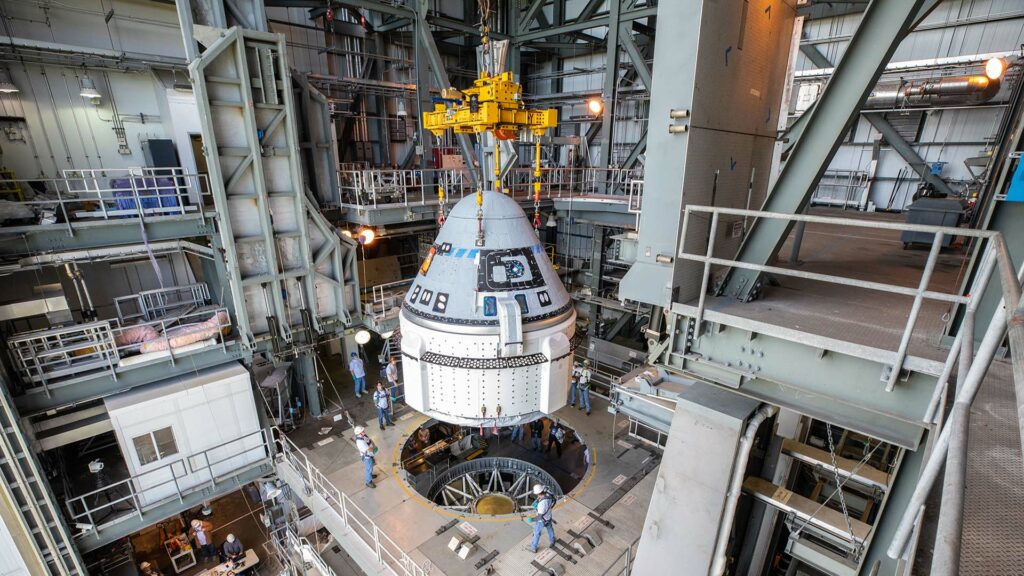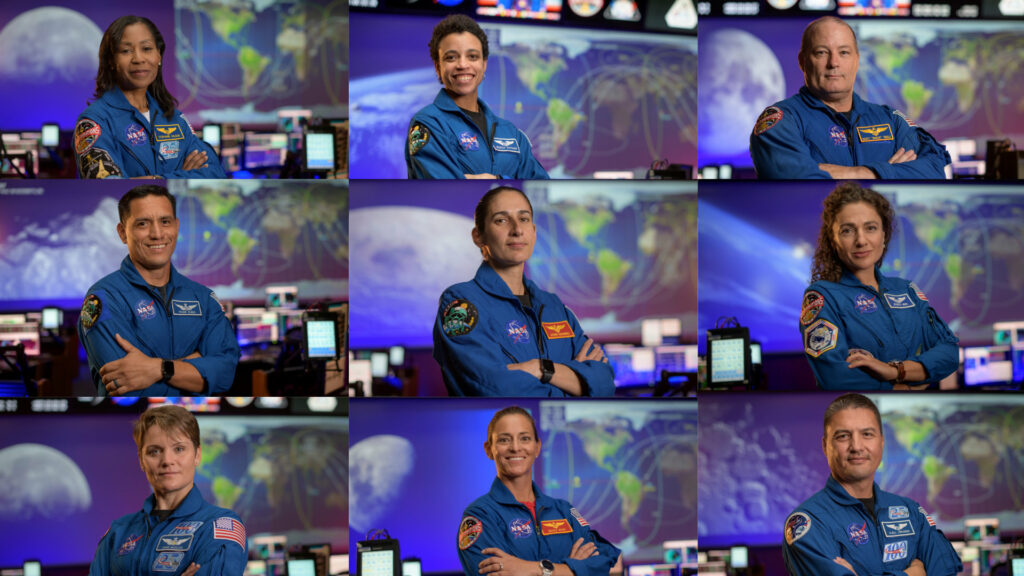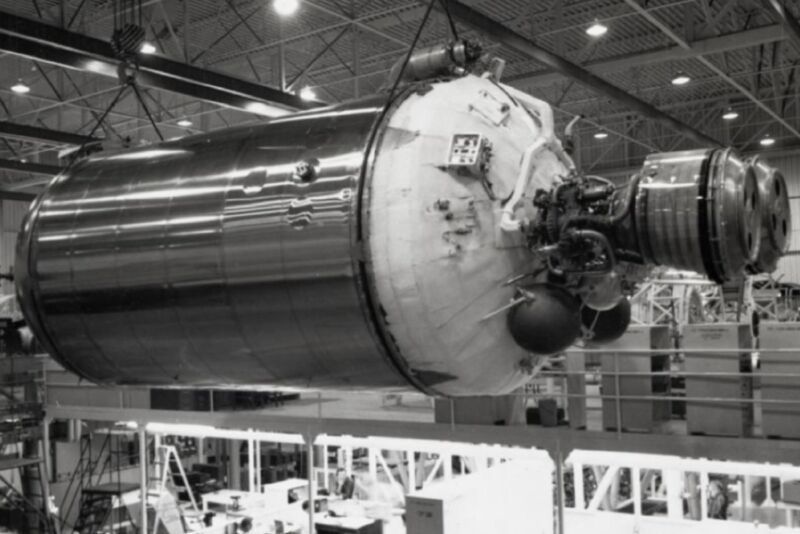
Enlarge / An Atlas-Centaur rocket booster being assembled at a General Dynamics plant, circa 1962. (credit: NASA )
Fifty-four years ago, NASA launched the Surveyor 2 , an uncrewed mission to explore the surface of the Moon. Alas, the spacecraft went into a tumble en route after a failed course-correction burn, and it slammed into the lunar surface at 2.7 kilometers per second. But the rocket booster used during its launch followed a different trajectory into space and has now begun orbiting the Earth. That's the conclusion of astronomers who have been studying 2020 SO, an unusual object first spotted this past August.
NASA's Surveyor program was designed to demonstrate the feasibility of launching, communicating with, controlling, and landing an uncrewed spacecraft on the Moon, thereby paving the way for later crewed missions. Surveyor 1 , launched on May 30, 1966, was a resounding success, easily meeting its primary objectives, while also returning many images of the lunar surface and critical engineering data. So NASA's hopes were high for building on that success with the second mission. The intent was to land Surveyor 2 on the Moon just east of its predecessor to demonstrate the feasibility of an oblique approach and landing.
After a series of minor delays, Surveyor 2 launched successfully on September 20, 1966, at 7:31:59.8 EST. The launch vehicle was an Atlas-Centaur rocket using liquid hydrogen and liquid oxygen as propellants. Once the Centaur's engines were shut down and the spacecraft had coasted for 66 seconds, Surveyor 2 departed from spent Centaur. The rocket expelled its residual propellants to set a safe distance between itself and the Surveyor 2, giving it a trajectory that would miss the Moon by a good 5,675 kilometers and send the rocket into a solar orbit. That Centaur rocket is what astronomers have confirmed to be 2020 SO.
 chevron_right
chevron_right
